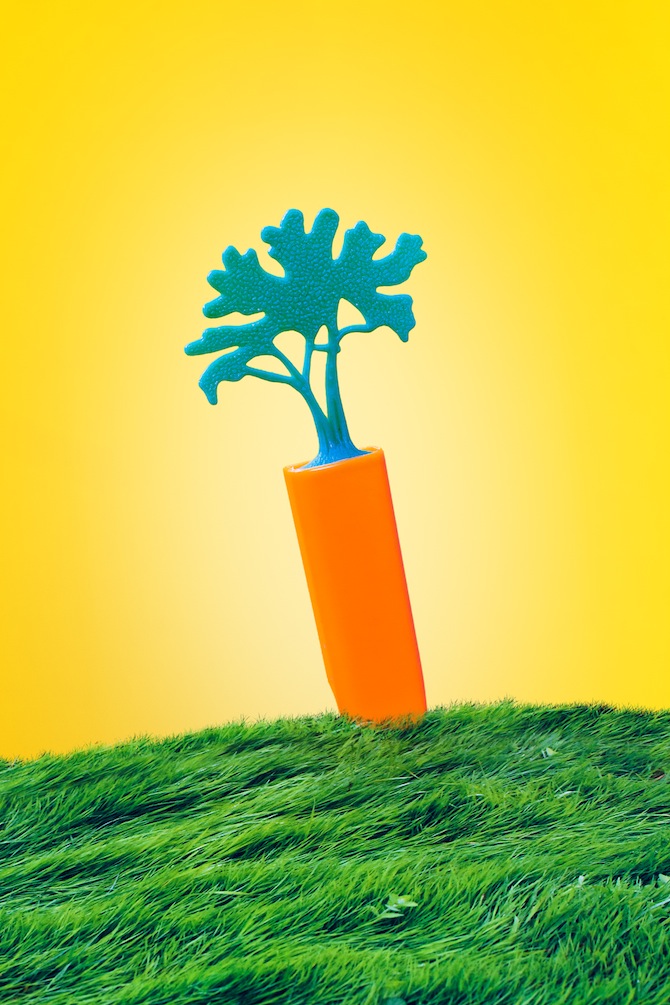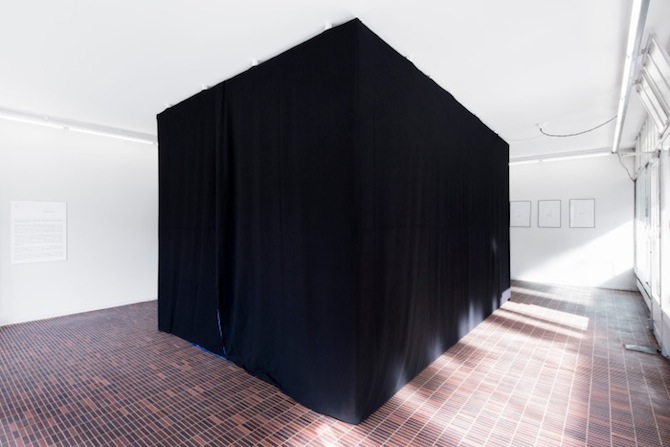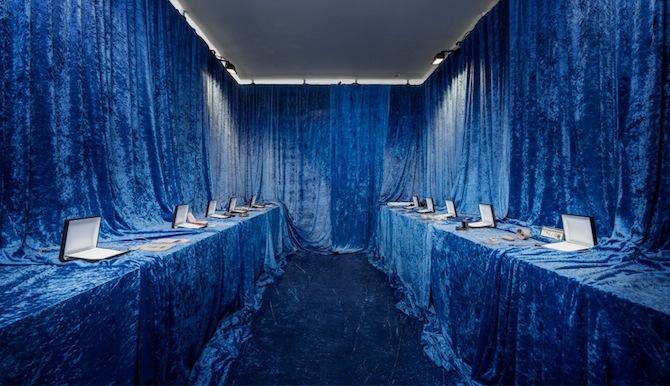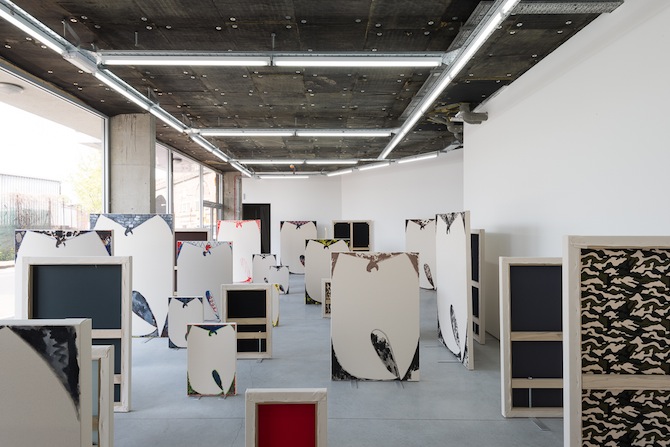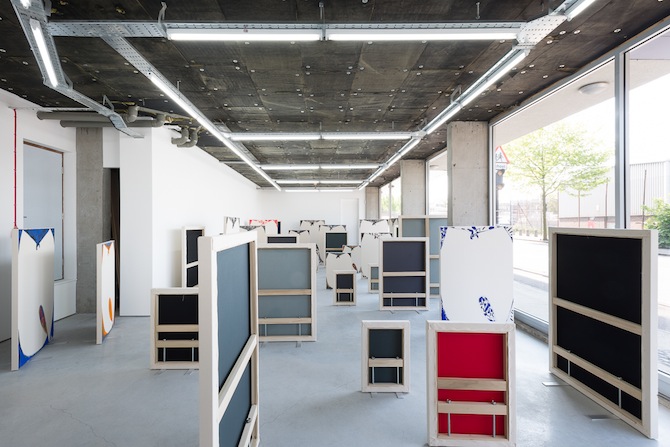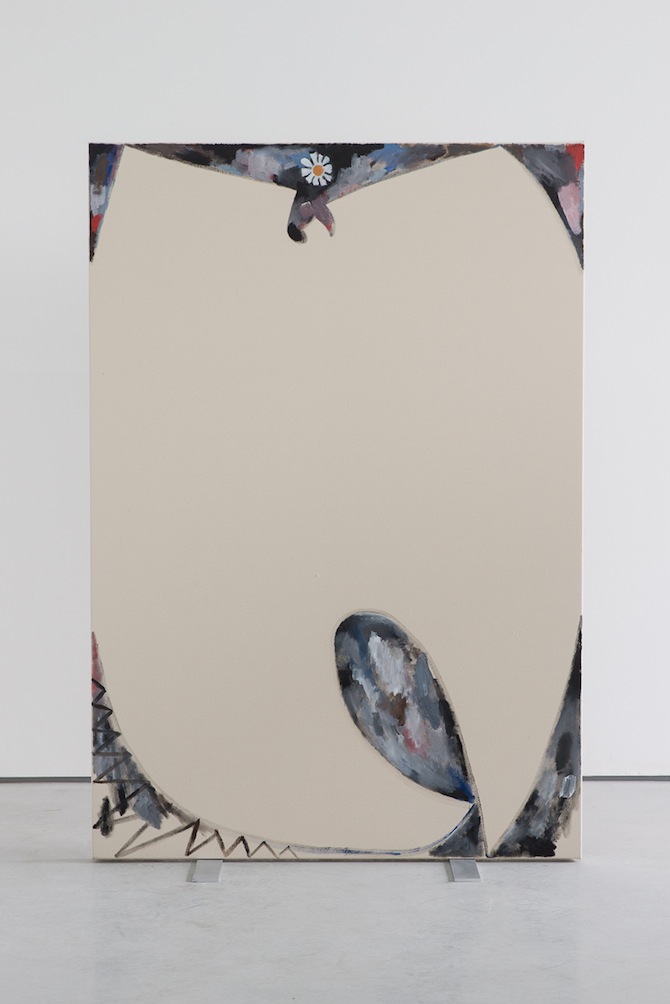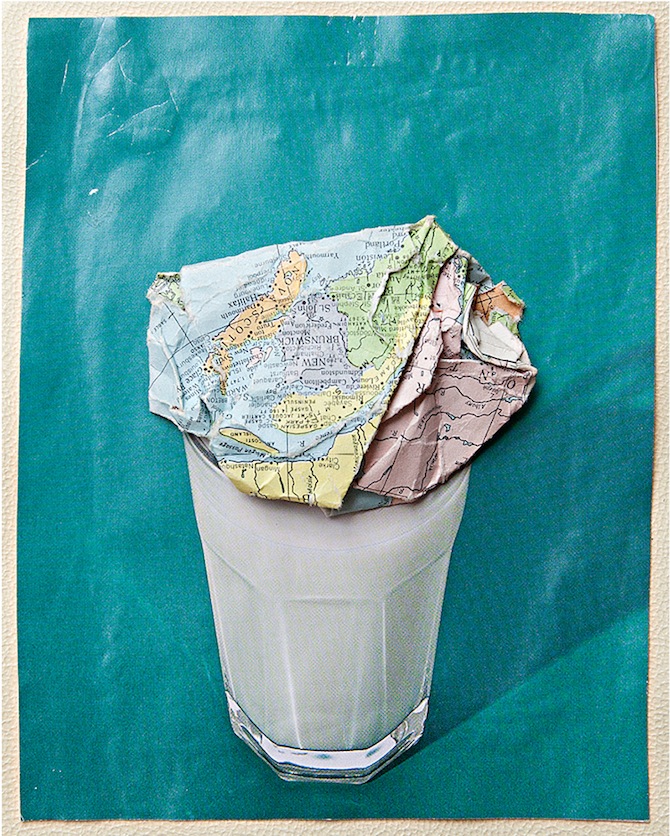
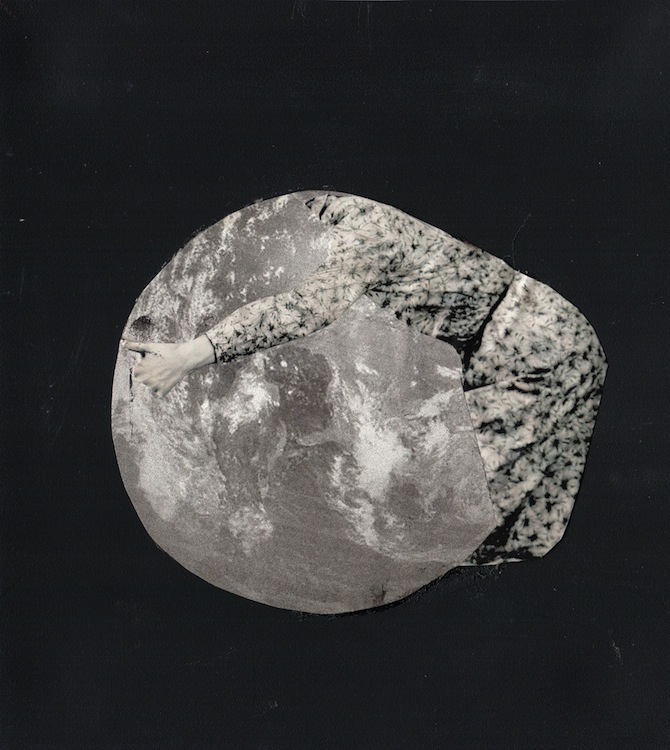
all images: Courtesy and © Özge Enginöz
Born in Balıkesir in Turkey, Özge Enginöz is a young contemporary artist who is specifically known for her mixed-media works. Her delicate choice of materials comprises and integrates toys, works on paper, old photos, video, collage, painting and drawing. Having studied at the Art and Design Faculty of Yıldız Teknik University, the Istanbul-based artist spent two years in the Istanbul Art Center recidency program and subsequently exhibited her work in several solo and group shows across Europe. Currently on display at Artnivo's first pop-up exhibition "Download" at Sofa Hotel and at the group show "Where am I?" at Kare Art Gallery, Özge Enginöz’s work is specifically present in Istanbul’s art scene. During our interview in Çukurcuma, she talked about her artistic practice, about her inspiration and about how Turkey’s current political situation influences contemporary art.

